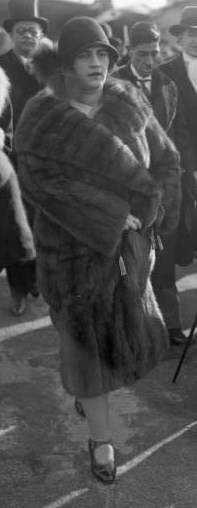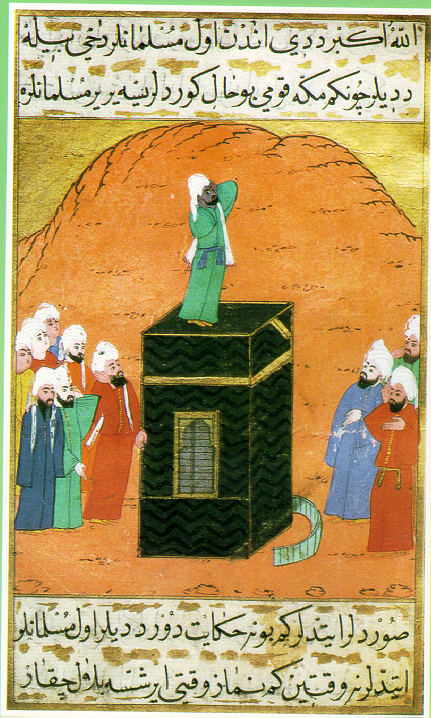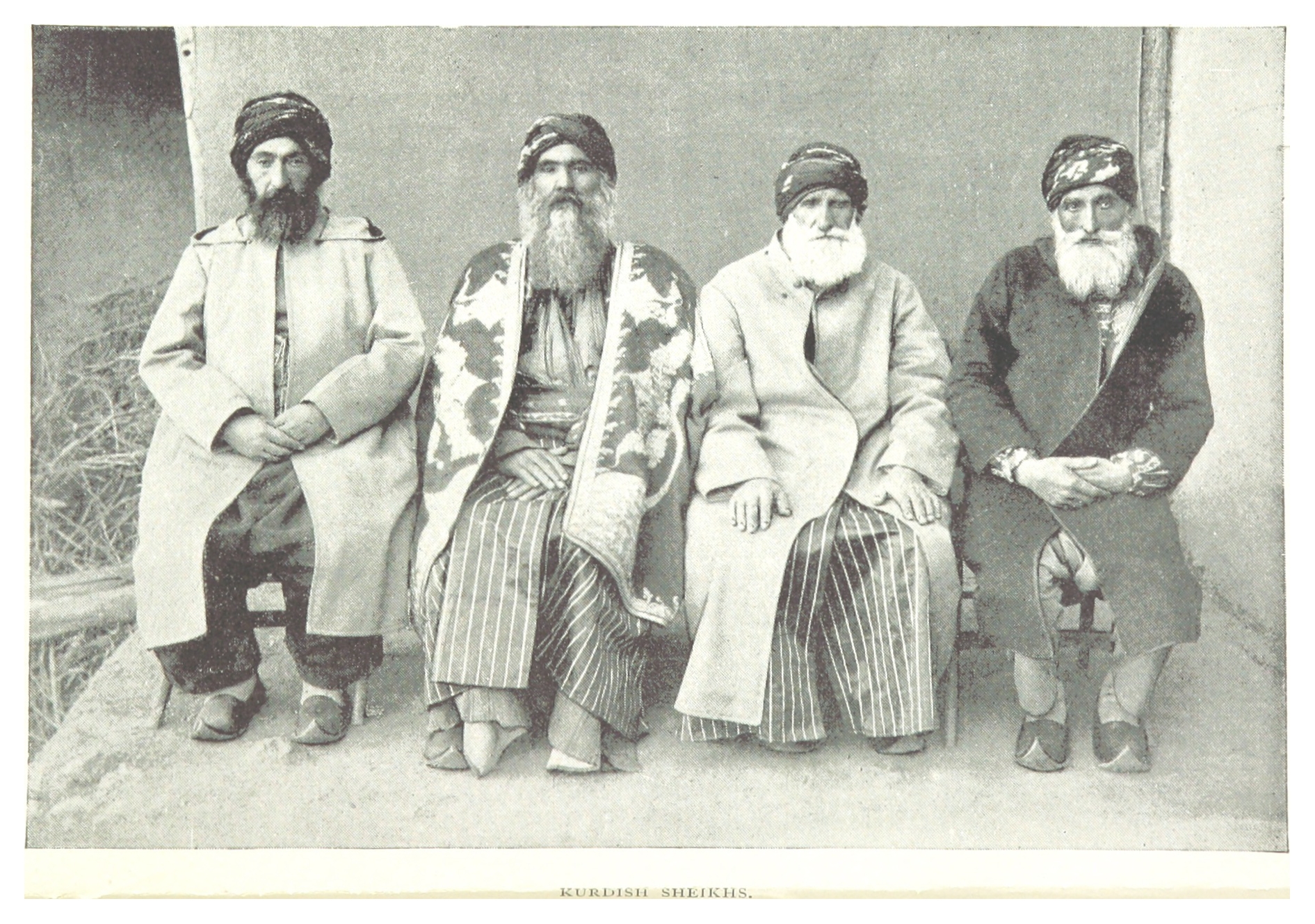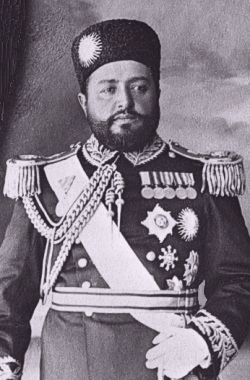|
Soraya Tarzi
Soraya Tarzi (Pashto/Dari: ثريا طرزی) (24 November 1899 – 20 April 1968) was Queen of Afghanistan as the wife of King Amanullah Khan. As Queen, she became one of the most influential women in the world at the time. She played a major part in the modernization reforms of Amanullah Khan, particularly regarding the emancipation of women. Owing to the reforms King Amanullah instituted, the country's religious sects grew violent. In 1929, the King abdicated to prevent a civil war and went into exile. Their first stop was India, then part of the British Empire. Early life and family background Suraiya Shahzada Tarzi was born on 24 November 1899, in Damascus, Syria, then part of the Ottoman Empire. She was the daughter of the Afghan political figure ''Sardar'' Mahmud ''Beg'' Tarzi, and granddaughter of ''Sardar'' Ghulam Muhammad Tarzi. She belonged to the Mohammadzai Pashtun tribe, a sub-tribe of the Barakzai dynasty. She studied in Syria, learning Western and moder ... [...More Info...] [...Related Items...] OR: [Wikipedia] [Google] [Baidu] |
Queens Of Afghanistan
This is a list of the consorts of Afghan rulers. Historically, Afghan rulers, being Muslim, may have several wives, and not always a queen consort. Afghanistan has only intermittently been a republic – between 1973–1992 and from 2001 onwards – at other times being governed by a variety of kings. Consorts of the Hotaki Empire (1709–1738) Hotaki Empire Consorts of Durrani Empire (1747–1823) Durrani Empire Consorts of Emirate of Afghanistan (1823–1926) Emirate of Afghanistan Consorts of Kingdom of Afghanistan (1926–1973) Kingdom of Afghanistan See also * First Lady of Afghanistan * List of presidents of Afghanistan * President of Afghanistan References External linksAfghanwiki.com {{Royal consorts of Afghanistan Royal consorts A royal consort is a person of either sex who has an official status through an intimate relationship, often through marriage or concubinage, with a monarch. The term ''consort'' was thereafter extended to encompass similar ... [...More Info...] [...Related Items...] OR: [Wikipedia] [Google] [Baidu] |
India
India, officially the Republic of India, is a country in South Asia. It is the List of countries and dependencies by area, seventh-largest country by area; the List of countries by population (United Nations), most populous country since 2023; and, since its independence in 1947, the world's most populous democracy. Bounded by the Indian Ocean on the south, the Arabian Sea on the southwest, and the Bay of Bengal on the southeast, it shares land borders with Pakistan to the west; China, Nepal, and Bhutan to the north; and Bangladesh and Myanmar to the east. In the Indian Ocean, India is near Sri Lanka and the Maldives; its Andaman and Nicobar Islands share a maritime border with Thailand, Myanmar, and Indonesia. Modern humans arrived on the Indian subcontinent from Africa no later than 55,000 years ago., "Y-Chromosome and Mt-DNA data support the colonization of South Asia by modern humans originating in Africa. ... Coalescence dates for most non-European populations averag ... [...More Info...] [...Related Items...] OR: [Wikipedia] [Google] [Baidu] |
Habibullah Khan
Habibullah Khan (Pashto/Dari: ; 3 June 1872 – 20 February 1919) was the Emir of Afghanistan from 1901 until his assassination in 1919 by Shuja-ud-Daula Ghourbandi. He was the eldest son of the Emir Abdur Rahman Khan, whom he succeeded by right of primogeniture in October 1901. His grandfather was Mohammad Afzal Khan. Early life Habibullah was the eldest son of Emir Abdur Rahman, and was born in Samarkand, Uzbekistan to a Pashtun family in 1872. He had a younger brother, born on December 7, 1874, Nasrullah Khan (Afghanistan), Nasrullah Khan. Reign Habibullah was a relatively reform-minded ruler who attempted to modernize his country. During his reign he worked to bring modern medicine and other technology to Afghanistan. Many people who were forced into exile by his father were returned to Afghanistan by a general amnesty decreed by Habibullah. In 1901, Habibullah passed a law forcing Hindu men to wear yellow turbans and women to wear a yellow veil in public in order to ... [...More Info...] [...Related Items...] OR: [Wikipedia] [Google] [Baidu] |
Great Mosque Of Aleppo
The Great Mosque of Aleppo, also known as the Great Umayyad Mosque of Aleppo, is the largest and one of the oldest mosques in the city of Aleppo, Syria built by the Umayyad Caliphate. It is located in the al-Jalloum district of the Ancient City of Aleppo, a World Heritage Site, near the entrance to Al-Madina Souq. The mosque is purportedly home to the remains of Zechariah, the father of John the Baptist, both of whom are revered in IslamThe Great Mosque (The Umayyad Mosque) Syria Gate. and . |
Muezzin
The muezzin (; ), also spelled mu'azzin, is the person who proclaims the call to the daily prayer ( ṣalāt) five times a day ( Fajr prayer, Zuhr prayer, Asr prayer, Maghrib prayer and Isha prayer) at a mosque from the minaret. The muezzin plays an important role in ensuring an accurate prayer schedule for the Muslim community. Etymology The English word ''muezzin'' is borrowed from , , simplified ''mu'azzin'', the active participle of "to call". Thus, it means "the calling one". Roles and responsibilities The professional muezzin is chosen for his good character, voice and skills to serve at the mosque. Muezzins are typically men. The muezzin is not considered a cleric, as he cleans the toilets and the place where people wash their hands, face and feet when they perform the Wuḍu' (Arabic: ''wuḍū’'' وُضُوء, the "purification" of ablution) before offering the prayer. When calling to prayer, the muezzin faces the qiblah, the direction of the Ka'bah in ... [...More Info...] [...Related Items...] OR: [Wikipedia] [Google] [Baidu] |
Aleppo
Aleppo is a city in Syria, which serves as the capital of the Aleppo Governorate, the most populous Governorates of Syria, governorate of Syria. With an estimated population of 2,098,000 residents it is Syria's largest city by urban area, and was the largest by population until it was surpassed by Damascus, the capital of Syria. Aleppo is also the largest city in Syria's Governorates of Syria, northern governorates and one of the List of largest cities in the Levant region by population, largest cities in the Levant region. Aleppo is one of List of cities by time of continuous habitation#West Asia, the oldest continuously inhabited cities in the world; it may have been inhabited since the sixth millennium BC. Excavations at Tell as-Sawda and Tell al-Ansari, just south of the old city of Aleppo, show that the area was occupied by Amorites by the latter part of the third millennium BC. That is also the time at which Aleppo is first mentioned in cuneiform tablets unearthed in Ebl ... [...More Info...] [...Related Items...] OR: [Wikipedia] [Google] [Baidu] |
Effendi
Effendi or effendy ( ; ; originally from ) is a title of nobility meaning '' sir'', ''lord'' or '' master'', especially in the Ottoman Empire and the Caucasus''.'' The title itself and its other forms are originally derived from Medieval Greek ''aphentēs'' which is derived from Ancient Greek ''authentēs'' meaning lord. It is a title of respect or courtesy, equivalent to the English Sir. It was used in the Ottoman Empire and Byzantine Empire. It follows the personal name, when it is used, and is generally given to members of the learned professions and to government officials who have high ranks, such as '' bey'' or ''pasha''. It may also indicate a definite office, as , chief physician to the sultan. The possessive form ''efendim'' (my master) was formerly used by slaves, and is commonplace in formal discourse, when answering the telephone, and can substitute for "excuse me" in some situations (e.g. asking someone to repeat something). In the Ottoman era, the most common ... [...More Info...] [...Related Items...] OR: [Wikipedia] [Google] [Baidu] |
Sheikh
Sheikh ( , , , , ''shuyūkh'' ) is an honorific title in the Arabic language, literally meaning "elder (administrative title), elder". It commonly designates a tribal chief or a Muslim ulama, scholar. Though this title generally refers to men, there are also a small number of female sheikhs in history. The title ''Syeikha'' or ''Sheikha'' generally refers to women. In some countries, it is given as a surname to those of great knowledge in religious affairs, by a prestigious religious leader from a silsila, chain of Sufi scholars. The word is mentioned in the Qur'an in three places: verse 72 of Hud (surah), Hud, 78 of Yusuf (surah), Yusuf, and 23 of al-Qasas. A royal family member of the United Arab Emirates and some other Arab countries, also has this title, since the ruler of each emirate is also the sheikh of their tribe. Etymology and meaning The word in Arabic stems from a Semitic root, triliteral root connected with aging: , ''shīn-yā'-khā. The title carries the me ... [...More Info...] [...Related Items...] OR: [Wikipedia] [Google] [Baidu] |
Khan (title)
Khan (, , ) is a historic Turkic peoples, Turkic and Proto-Mongols, Mongolic title originating among nomadic tribes in the Eurasian Steppe#Divisions, Central and Eastern Eurasian Steppe to refer to a king. It first appears among the Rouran and then the Göktürks as a variant of khagan (sovereign, emperor) and implied a subordinate ruler. In the Seljuk Empire, Seljük Empire, it was the highest noble title, ranking above malik (king) and emir (prince). In the Mongol Empire it signified the ruler of a Orda (organization), horde (''ulus''), while the ruler of all the Mongols was the khagan or great khan. It is a title commonly used to signify the head of a Pashtun Pashtun tribes, tribe or clan. The title subsequently declined in importance. During the Safavid Iran, Safavid and Qajar Iran, Qajar dynasty it was the title of an army general high noble rank who was ruling a province, and in Mughal Empire, Mughal India it was a high noble rank restricted to courtiers. After the downfal ... [...More Info...] [...Related Items...] OR: [Wikipedia] [Google] [Baidu] |
Asma Rasmya
Asma Rasmya or Asma Rasmiya Khanum (1877 –1945), was an Afghan editor, school principal and feminist. She has been referred to as the first female managing editor as well as the first female principal in Afghanistan. She was the mother of queen Soraya Tarzi and the mother-in-law of king Amanullah Khan (r. 1919–1929). Life She was born in Damascus in Ottoman Syria. She was the daughter of Saleh Mossadiah El-Fattal, a muezzin of the Umayyad mosque. In 1891, she married the Afghan politician and editor Mahmud Tarzi. She moved to Afghanistan in 1901. Afghanistan was at this point very conservative, while she was more liberal in her outlook. She was also more open to a Western approach, having been raised in the Ottoman Empire after the Tanzimat reforms. For instance, she was noted for often wearing Western fashions. In 1913, her daughter Soraya married the future king. When he succeeded to the throne in 1919, Asma's son-in-law, King Amanullah, started a radical modernization re ... [...More Info...] [...Related Items...] OR: [Wikipedia] [Google] [Baidu] |
Syrians
Syrians () are the majority inhabitants of Syria, indigenous to the Levant, most of whom have Arabic, especially its Levantine Arabic, Levantine and Mesopotamian Arabic, Mesopotamian dialects, as a mother tongue. The culture of Syria, cultural and linguistic heritage of the Syrian people is a blend of both indigenous elements and the foreign cultures that have come to rule the land and its people over the course of thousands of years. By the seventh century, most of the inhabitants of the Levant spoke Aramaic. In the centuries after the Muslim conquest of the Levant in 634, Arabic gradually became the dominant language, but a minority of Syrians (particularly the Assyrian people, Assyrians and Terms for Syriac Christians#Syriac identity, Syriac-Arameans retained Neo-Aramaic languages, Aramaic (Syriac), which is still spoken in its Eastern Aramaic languages, Eastern and Western Aramaic languages, Western dialects. The national name "Syrian" was originally an Indo-European corrupt ... [...More Info...] [...Related Items...] OR: [Wikipedia] [Google] [Baidu] |
Barakzai Dynasty
The Barakzai dynasty (, "Sons of Barak"), also known as the Muhammadzai dynasty ("the ruling sub-clan of the Barakzai"), ruled what is now Afghanistan from 1823 to 1978, when the monarchy ended de jure under Musahiban Mohammad Zahir Shah and de facto under his cousin Mohammad Daoud Khan. The Barakzai dynasty was established by Dost Mohammad Khan after the Durrani Empire of Ahmad Shah Durrani was removed from power. As the Pahlavi era in Iran, the Muhammadzai era was known for its progressivist modernity, practice of Sufism, peaceful security and neutrality, in which Afghanistan was referred to as the "Switzerland of Asia". History and background Ancestral background The Barakzai claim descent from the children of Israel in a direct line through the first Israeli King Saul, whose family intermarried with the family of his successor King David. King Saul's grandson the Prince (Malak) Afghana was grown up by King Solomon, acting as his commander in chief and Manager ... [...More Info...] [...Related Items...] OR: [Wikipedia] [Google] [Baidu] |







